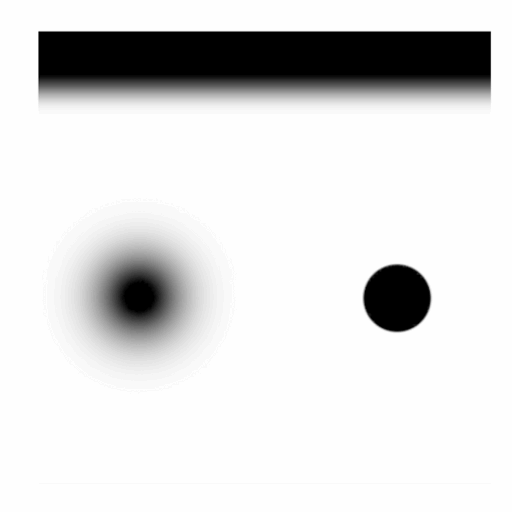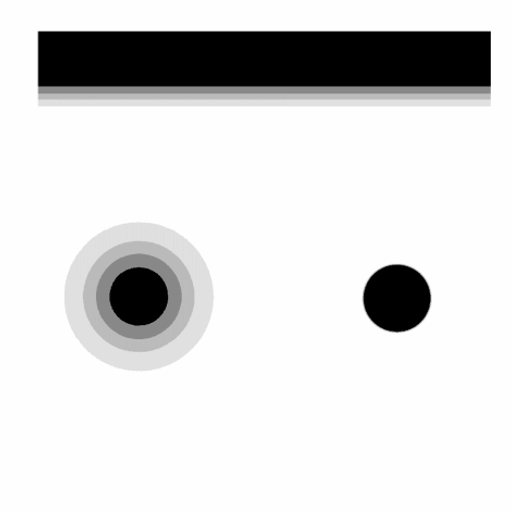$alphatest: Difference between revisions
Jump to navigation
Jump to search
NvC DmN CH (talk | contribs) mNo edit summary |
Deprecated (talk | contribs) (Changed to use Shaderparam and MatParam templates, misc fixes) |
||
| Line 1: | Line 1: | ||
{{Shaderparam|$alphatest}} It specifies a mask to use to determine binary opacity. White represents fully opaque, while black represents fully transparent. Any values in-between are rounded to either 0 or 1. This effect is similar to {{ent|$translucent}}, except that it can not be semi-opaque, is much faster to render, and the engine can sort it properly when layered. | |||
==VMT syntax example== | ==VMT syntax example== | ||
| Line 19: | Line 16: | ||
==Additional parameters== | ==Additional parameters== | ||
{{MatParam|$alphatestreference|float|Specifies the minimum color value of the alpha channel in which the effect is rounded to 255. A value of ".3" will create a thicker shape while a value of ".7" will create a thinner shape. | |||
: {{bug|<code>$alphatestreference</code> cannot be updated in real time with [[Material_proxies|proxies]].}}}} | |||
{{MatParam|$allowalphatocoverage|bool|Creates transparent steps based on alpha values. Can be used for softer edges. This parameter is incompatible with <code>$alphatestreference</code>. | |||
: {{note|MSAA must be enabled in order for this to have effect.}}}} | |||
{{note|MSAA must be enabled in order for this to have effect.}} | |||
==Comparison with $translucent== | ==Comparison with $translucent== | ||
| Line 34: | Line 29: | ||
|} | |} | ||
Notice how the right circle hardly changes. | Notice how the right circle hardly changes. | ||
== See also == | == See also == | ||
Revision as of 11:39, 26 June 2019
Template:Shaderparam It specifies a mask to use to determine binary opacity. White represents fully opaque, while black represents fully transparent. Any values in-between are rounded to either 0 or 1. This effect is similar to $translucent, except that it can not be semi-opaque, is much faster to render, and the engine can sort it properly when layered.
VMT syntax example
$alphatest <bool>
LightmappedGeneric { $basetexture glass\window001a $alphatest 1 $alphatestreference .5 $allowalphatocoverage 1 }
Additional parameters
$alphatestreference
$allowalphatocoverage
Comparison with $translucent
| $translucent | $alphatest |
|---|---|
Notice how the right circle hardly changes.
See also
$alpha, for texture-wide translucency$distancealpha, for vector-like alpha edges$translucent

